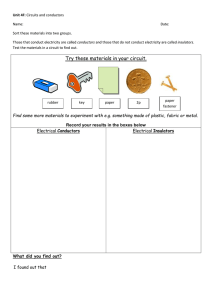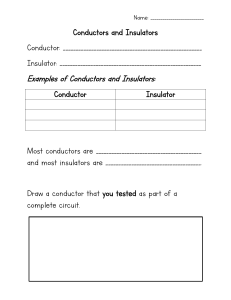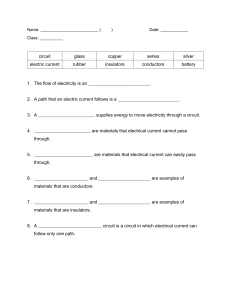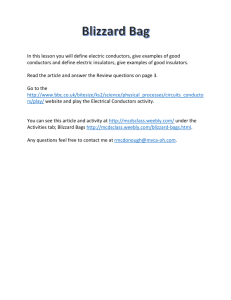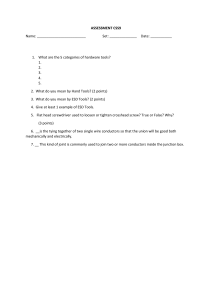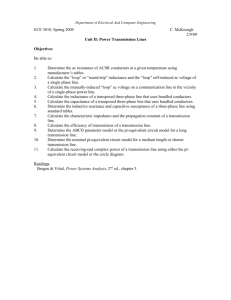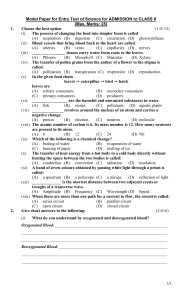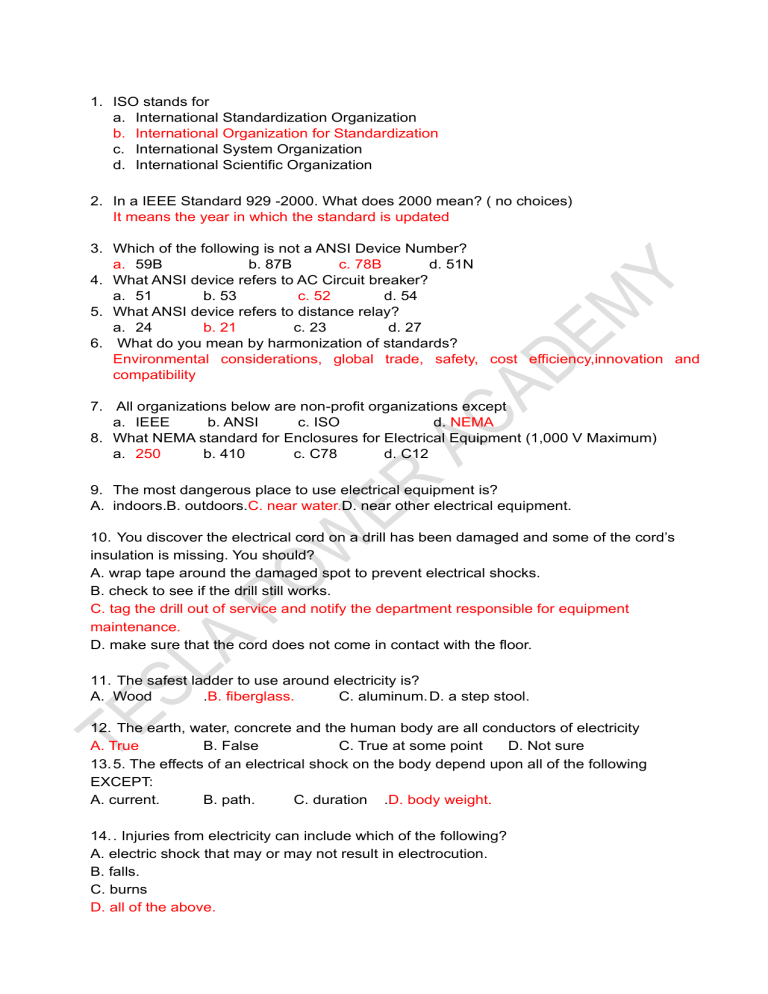
1. ISO stands for a. International Standardization Organization b. International Organization for Standardization c. International System Organization d. International Scientific Organization 2. In a IEEE Standard 929 -2000. What does 2000 mean? ( no choices) It means the year in which the standard is updated 3. Which of the following is not a ANSI Device Number? a. 59B b. 87B c. 78B d. 51N 4. What ANSI device refers to AC Circuit breaker? a. 51 b. 53 c. 52 d. 54 5. What ANSI device refers to distance relay? a. 24 b. 21 c. 23 d. 27 6. What do you mean by harmonization of standards? Environmental considerations, global trade, safety, cost efficiency,innovation and compatibility 7. All organizations below are non-profit organizations except a. IEEE b. ANSI c. ISO d. NEMA 8. What NEMA standard for Enclosures for Electrical Equipment (1,000 V Maximum) a. 250 b. 410 c. C78 d. C12 9. The most dangerous place to use electrical equipment is? A. indoors.B. outdoors.C. near water.D. near other electrical equipment. 10. You discover the electrical cord on a drill has been damaged and some of the cord’s insulation is missing. You should? A. wrap tape around the damaged spot to prevent electrical shocks. B. check to see if the drill still works. C. tag the drill out of service and notify the department responsible for equipment maintenance. D. make sure that the cord does not come in contact with the floor. 11. The safest ladder to use around electricity is? A. Wood .B. fiberglass. C. aluminum. D. a step stool. 12. The earth, water, concrete and the human body are all conductors of electricity A. True B. False C. True at some point D. Not sure 13. 5. The effects of an electrical shock on the body depend upon all of the following EXCEPT: A. current. B. path. C. duration .D. body weight. 14. . Injuries from electricity can include which of the following? A. electric shock that may or may not result in electrocution. B. falls. C. burns D. all of the above. 15. Open knock outs on outlet boxes: A. must be reported and repaired as soon as possible. B. are permitted by OSHA. C. are common because replacing knock outs is expensive. D. pose no hazard as the electrical wiring has been rerouted. 16. Which of the following is acceptable by OSHA standards? A. an unqualified employee flipping tripped breakers in a breaker box. B. plugging and extension cord into a second extension cord. C. removing a ground pin if needed to plug into a two prong outlet. D. a qualified person repairing an extension cord. 17. Flexible cords can be used in the workplace: A. as a substitute for permanent wiring. B. if they are run behind walls to reduce the chance of abrasion and damage. C. if heavy or extra heavy duty cords are needed for temporary purposes. D. if any obvious splices are repaired with electrical tape. 18. . It is the responsibility of all employees to understand and use electrical safety everyday. A. True B. False C. True somehow D. Not sure 19. . An instrument that is used to measure the diameter of a wire or cable to thousandths of an inch is a __________. a. Galvanometer b. Micrometer c. Hydrometer d. Ruler 20. After cutting conduit, to remove the rough edges on both ends, the conduit ends should be __________. a. Sanded b. Shaped c. Burnished d. Ground 21. . The instrument used to indicate phase relation between current and voltage is the __________. a. Megger b. Power factor meter c. Voltmeter d. Galvanometer 22. Brach circuit conductors shall have an ampacity not less than __________. a. The load increased 125 % b. 100% of the load to be served c. 80% of the load to be served d. 125% of the continuous load plus 80% of the noncontinuous load 23. Which of the following is not true? a. All receptacles on 15 and 20 amp branch circuits must be of the grounding type. b. Splices and joints shall be covered with an insulation equivalent to the conductor insulation. c. The size of the conductor determines the rating of the circuit. d. All 15 and 20 amp receptacle installed in a dwelling bathroom shall have GFCI protection 24. The service conductors between the terminals of the service equipment and a point usually outside the building, clear of building walls, where joined by a tap or splice to the service drop is called the __________. a. Service drop b. Service-entrance conductors c. Service equipment d. None of these 25. Is it permissible to install direct current and alternating current conductors in the same outlet box? a. Yes, if insulated for the maximum voltage of any conductor b. No, never c. Yes, if the ampacity is the same for both conductors d. Yes, in dry location 26. A dwelling unit is __________. a. One unit of an apartment. b. One or more rooms used by one or more persons. c. One or more rooms with space for eating, living and sleeping d. One or more rooms used as a housekeeping unit and having permanent cooking and sanitation provisions. 27. Receptacles installed on ____ ampere branch circuits shall be of the grounding type. a. 15 and 20 b. 25 c. 30 d. 40 28. What is the other name of National Electrical Code a. NFPA 70E b. NFPA 70 c. NFPA 70R d. NFPA 80E 29. A raceway contains three 3 AWG THWN copper conductors for a three-phase circuit at an ambient temperature of 40°C, 10 C higher than the design ambient temperature. What shall we do in this case? a. Apply correction factor to the ampacity based on a Table b. Do not install the conductors c. Buy another size higher d. No actions needed 30. Which of the following medium is used for extinction of arc in air circuit breaker a. oil b. water c. air d. SF6 Some Electrical Standards ANSI – American National Standard Institute IEEE – Institute of Electrical and Electronic Engineers NEMA – National Electrical Manufacturers Association NFPA – National Fire Protection Association IEC – International Electrotechnical Commission
